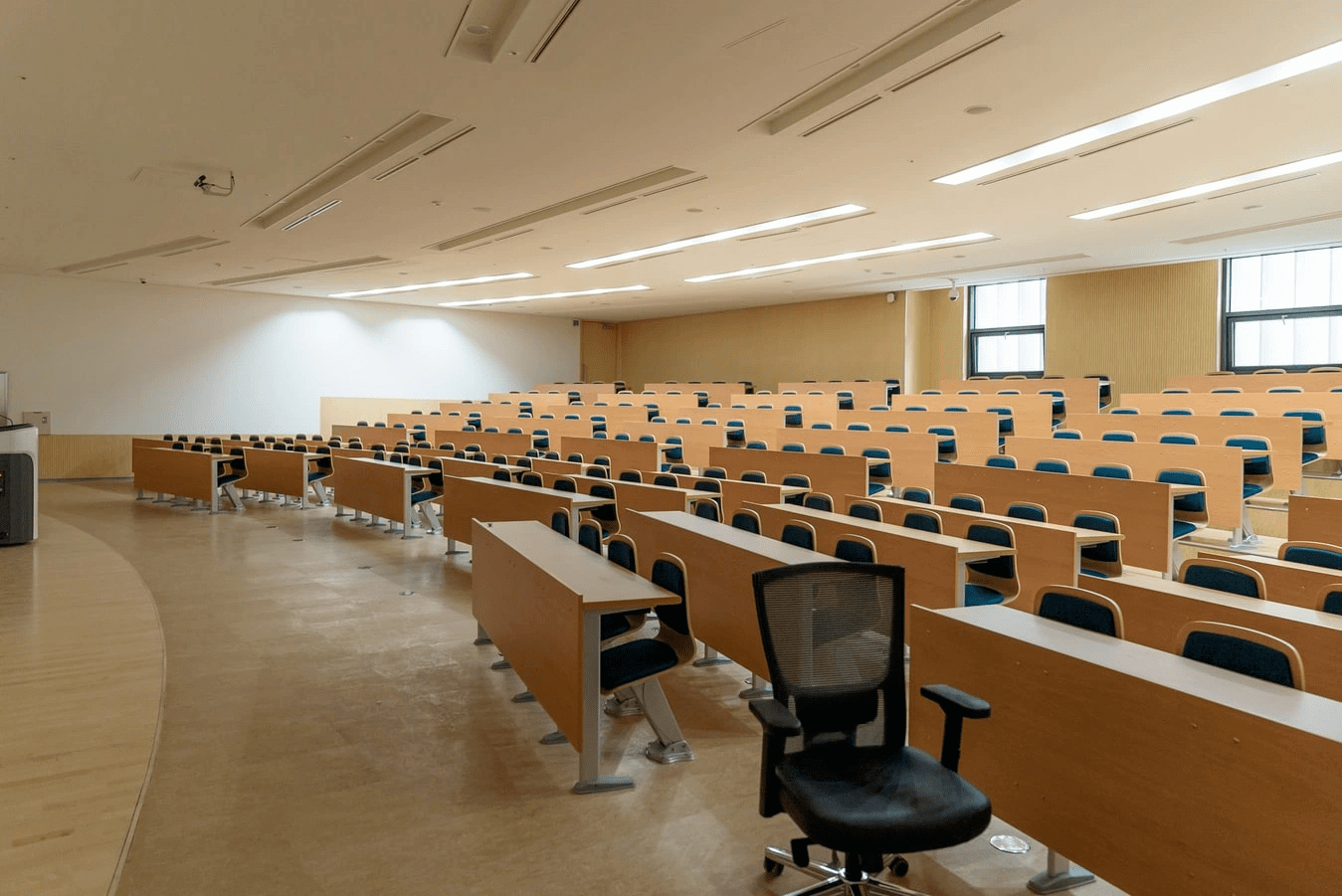Classroom Acoustics and Its Importance
Classroom acoustics are an important, often neglected, aspect of the learning environment. Up to 60% of classroom activities involve speech between teachers and students or between students, indicating the importance of environments that support clear communication.
Think classroom acoustics first – not last

Classroom acoustics are an important, often neglected, aspect of the learning environment. Up to 60% of classroom activities involve speech between teachers and students or between students, indicating the importance of environments that support clear communication.
However, classrooms that have been constructed in the last 20 to 30 years to better engage students in hands-on activities or discussions have often resulted in active, noisy environments. Additionally, HVAC systems have created distracting background noise in classrooms. Inappropriate levels of background noise, reverberation, and signal-to-noise ratios can also inhibit reading and spelling ability, behaviour, attention, concentration, and academic performance.
Furthermore, children who develop language skills in poor acoustic environments may develop long-term speech comprehension problems.
Good classroom acoustics are a basic classroom need, not an accessory, to give all students access to spoken instruction and discussion. Acoustic problems persist in classrooms because of a lack of acoustics education for architects and engineers, the prohibitive expenses of acoustic refurbishment, and because adult listeners often do not consider the limitations of children’s hearing abilities.
Who benefits from improved acoustics?

Put simply, the answer is both students and teachers.
Children, especially those younger than 13 years of age, have an undeveloped sense of hearing, making the impacts of background noise on hearing, comprehending, and learning more pronounced for children than adults. Students with learning, attention, or reading deficits are more adversely affected by poor acoustic conditions than the average student. Students speaking English as a second language (ESL) require significantly better acoustic conditions to hear the teacher than others. More than that, hearing-impaired students require a significantly better acoustic environment to adequately hear than the average student. Additionally, loud or reverberate classrooms may cause teachers to raise their voices, leading to increased teacher stress and fatigue.
Consider Key Learning Environment Criteria

Acoustical barriers to learning may exist even if teachers and/or students are unaware that they exist. Adults’ perceptions of speech intelligibility are often better than children’s perceptions, indicating adults should not rely on their own subjective assessments of listening conditions inside of a classroom.
Speech intelligibility decreases when background noise increases or with long reverberation times. When both background noise and long reverberation times are present, they have a combined effect on both people with and without normal speech, hearing, and language.
Designers should focus on controlling background noise levels, reverberation times, and signal-to-noise ratios to improve the acoustic environment of schools.
For all of your acoustics and soundproofing needs, contact Acoustica Projects now! Schedule a virtual meeting with us here.
Call us 1300 498 268
Email us – enquires@acousticaprojects.com.au
Website – www.acousticaprojects.com.au

